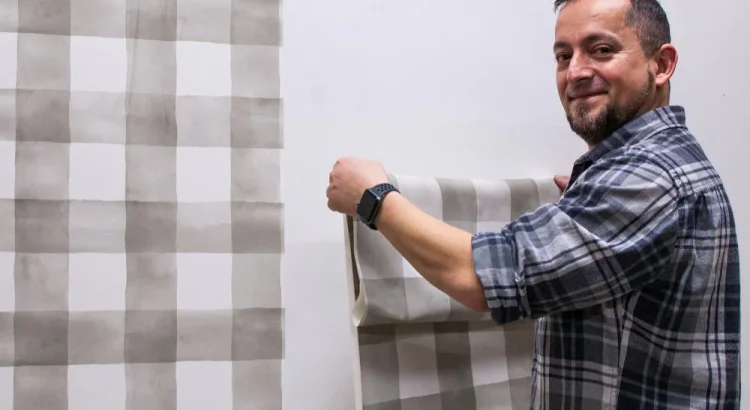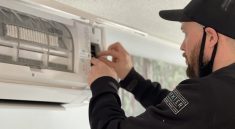Wallpaper installation looks pretty straightforward from the outside, but there’s one decision that can absolutely make or break your entire project. The type of adhesive you pick matters way more than you’d think, especially if you’re dealing with clay-based wall coverings.
Clay wallpapers have gotten really popular lately. Easy to understand why but here’s the thing that trips people up: clay wallpapers don’t behave anything like the traditional paper or vinyl stuff you might be used to.
Weight makes all the difference here. Your typical wallpaper is fairly lightweight, but clay coverings? They can be surprisingly hefty. That extra weight puts real strain on whatever paste you’re using underneath. Standard wallpaper adhesive wasn’t really built to handle that kind of ongoing stress.
So what happens if you use the wrong paste? You might get lucky for a couple weeks, maybe even a few months. But sooner or later, things start going south. Usually you’ll see the edges lifting first – corners and spots where the temperature changes a lot tend to be problem areas. Then bubbling shows up, or sections start sagging. Worst case scenario, whole strips just slide right down the wall.
This is exactly why companies started making special formulations when you shop clay wallpaper paste. And these aren’t just fancy marketing tactics, either. They’re actually different products with beefed-up bonding power.
Understanding the technical differences
Clay wallpaper paste uses different polymers and binding agents than regular formulas do. The initial grab strength is much higher, meaning the paste latches onto both surfaces more aggressively right from contact. That’s crucial because clay wallpapers are basically impossible to adjust once they hit the wall.
The long-term sticking power works differently too. Regular paste can get brittle over time, especially in areas where humidity goes up and down. The specialized clay stuff stays flexible, letting things move slightly without losing grip. This flexibility stops the cracking and peeling that often happens when you’ve got mismatched adhesive systems.
Temperature changes affect these products differently as well. Clay wallpapers expand and contract more than lighter materials when room conditions shift around. The right paste can handle this movement, while standard adhesives tend to give up under that kind of ongoing stress.
Plus, there’s the moisture factor to think about. Bathrooms, kitchens, laundry rooms – these spaces present unique challenges that need moisture-resistant formulations. The better products include anti-fungal additives that prevent mold and mildew from growing behind the wallpaper.
The cost factor and what you’re really paying for
Quality clay wallpaper paste typically runs more than generic alternatives. Sometimes quite a bit more, which catches people off guard. But the real question isn’t whether specialty paste costs extra upfront – it’s whether you get better value in the long run.
Think about what you’re actually investing in. There’s the wallpaper itself, all the prep work, installation time (whether yours or a pro’s), and the potential cost of redoing everything if things go wrong. When you factor all that in, the extra paste expense becomes pretty reasonable.
Professional installers almost always push for better paste because they know what callbacks and warranty work actually cost. DIY folks who try to save money on adhesive often end up starting over within the first year. Not exactly a money-saving strategy when you look at the big picture.
Making the right choice for your specific project
Your wallpaper investment really does deserve the best foundation possible. And that foundation starts with choosing adhesive products that were actually engineered for clay-based materials. The thing is, once you’ve seen the difference proper paste makes, you’ll never go back to cutting corners for shop clay wallpaper paste again.





